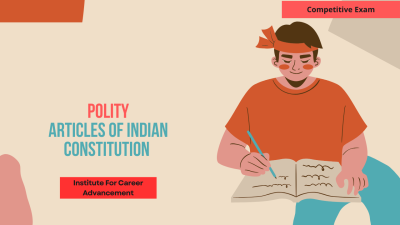First World War and Nationalist Response
The First World War (1914-1918) significantly impacted the Indian Nationalist Movement. During the war, India contributed immensely in terms of soldiers and resources to support Britain’s war efforts, hoping for political concessions in return. However, after the war, Britain failed to honor promises of increased self-governance, leading to widespread disillusionment. The harsh Rowlatt Act (1919), which repressed Indian civil rights, further fueled anger. In response, nationalist leaders like Mahatma Gandhi shifted towards mass resistance, launching movements such as the Non-Cooperation Movement. The war and its aftermath thus catalyzed the growth of a more aggressive and mass-based struggle for India's independence. প্রথম বিশ্বযুদ্ধ (1914-1918) ভারতীয় জাতীয়তাবাদী আন্দোলনকে উল্লেখযোগ্যভাবে প্রভাবিত করেছিল। যুদ্ধের সময়, ভারত ব্রিটেনের যুদ্ধের প্রচেষ্টাকে সমর্থন করার জন্য সৈন্য ও সম্পদের ক্ষেত্রে প্রচুর অবদান রেখেছিল, বিনিময়ে রাজনৈতিক ছাড়ের আশা করেছিল। যাইহোক, যুদ্ধের পরে, ব্রিটেন বর্ধিত স্বায়ত্তশাসনের প্রতিশ্রুতি রক্ষা করতে ব্যর্থ হয়, যার ফলে ব্যাপক মোহভঙ্গ হয়। ভারতীয় নাগরিক অধিকার দমনকারী কঠোর রাউলাট আইন (1919) ক্ষোভকে আরও বাড়িয়ে তোলে। এর প্রতিক্রিয়ায়, মহাত্মা গান্ধীর মতো জাতীয়তাবাদী নেতারা অসহযোগ আন্দোলনের মতো আন্দোলন শুরু করে গণ প্রতিরোধের দিকে সরে যান। যুদ্ধ এবং এর পরিণতি এইভাবে ভারতের স্বাধীনতার জন্য আরও আক্রমণাত্মক এবং গণ-ভিত্তিক সংগ্রামের বিকাশকে অনুঘটক করেছিল।
English
Last updated
Thu, 27-Feb-2025



















